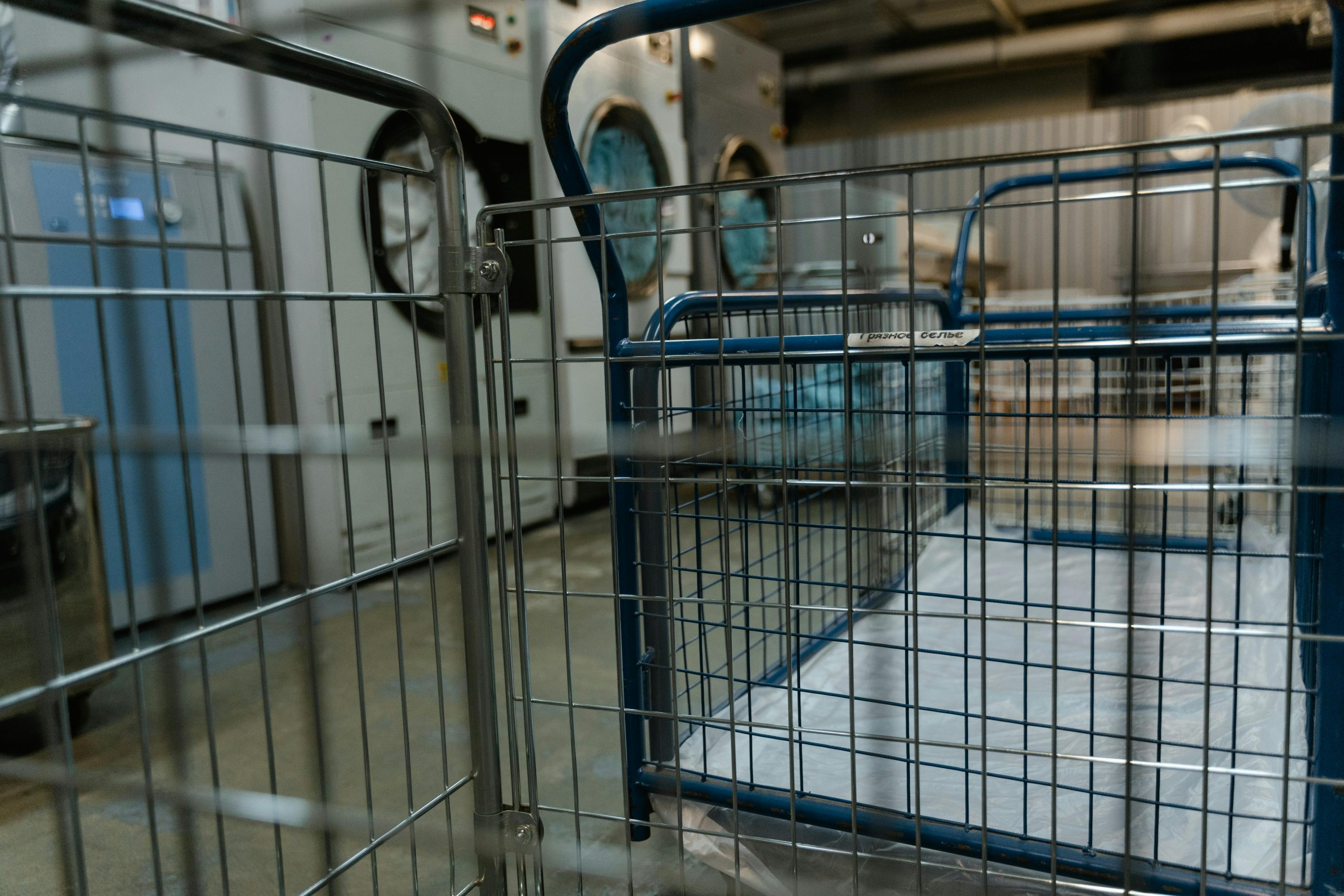Demystifying the Process of Dry Cleaning and Garment Preservation
Dry cleaning and garment preservation are two terms that may seem familiar to most of us, yet the process behind them remains shrouded in mystery. Many of us have at least one fancy outfit that requires dry cleaning, but do we really understand what goes on behind the scenes? With an increasing focus on sustainability and environmental impact, it’s important to demystify the process of dry cleaning and garment preservation. So, let’s dive in and uncover the truth behind these common practices.
The Basics of Dry Cleaning
Dry cleaning is a method of cleaning clothes without using water. Yes, that’s right, no need to worry about your precious silk or wool items getting ruined in a washing machine. Instead, a solvent such as perchloroethylene (or perc) is used to dissolve and remove dirt and stains from your clothes. The process involves three main steps: pre-treatment, cleaning, and post-treatment.
Pre-treatment
Before the actual cleaning process, trained professionals will inspect the garment for any stains, spots, or damages. They will then treat these areas with specialized techniques and solutions to ensure the best possible outcome. This step is crucial in achieving optimal results and preserving the quality of the fabric.
Cleaning
Once the pre-treatment is completed, the clothes are loaded into a machine that resembles a giant front-loading washing machine. The machine then gently rotates the clothes while the perc solvent is sprayed onto them. The solvent effectively removes oil, grease, and other stains without damaging the fabric or causing shrinkage.
Post-treatment
After the cleaning cycle is complete, the clothes are thoroughly dried to remove any remaining solvent. They are then steamed, pressed, and finished to give them a crisp, fresh look. Finally, the clothes are inspected once again, and any necessary repairs or alterations are done before they are packaged and ready for pickup.
Garment Preservation
Dry cleaning not only removes stains and dirt but also helps preserve the fabric of your clothes. Unlike traditional washing methods, dry cleaning does not involve high heat or agitation, which can cause damage to delicate fabrics. It also helps extend the life of your clothes by preventing shrinkage, fading, or color bleeding.
Moreover, delicate fabrics like silk, linen, or velvet often have special care instructions that cannot be met through traditional washing. Dry cleaning ensures that these instructions are followed, and your clothes are taken care of in the best possible way.
The Environmental Impact
While dry cleaning has its benefits, it’s crucial to understand its environmental impact. Perc, the most commonly used solvent in dry cleaning, is classified as a hazardous air pollutant by the Environmental Protection Agency (EPA). Its use has been linked to various health concerns for both workers and consumers. Furthermore, the disposal of this solvent can contaminate soil and water, causing harm to the environment.
However, the good news is that there are now alternative methods of dry cleaning that are both eco-friendly and effective. One such method is called ‘wet cleaning,’ which uses water and biodegradable detergents to clean clothes. Another option is to look for dry cleaners that use organic or non-toxic solvents.
Final Thoughts
Now that we have demystified the process of dry cleaning and garment preservation, it’s clear that it’s not just about cleaning clothes but also about taking care of them. It’s essential to choose a reputable dry cleaner that follows responsible and sustainable practices. By understanding the process and making conscious choices, we can ensure that our clothes are not only clean but also well-preserved for years to come.










